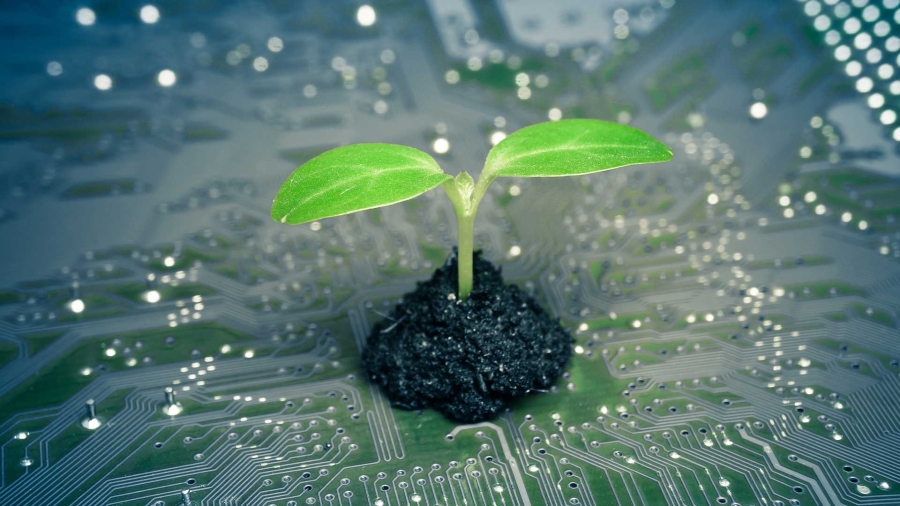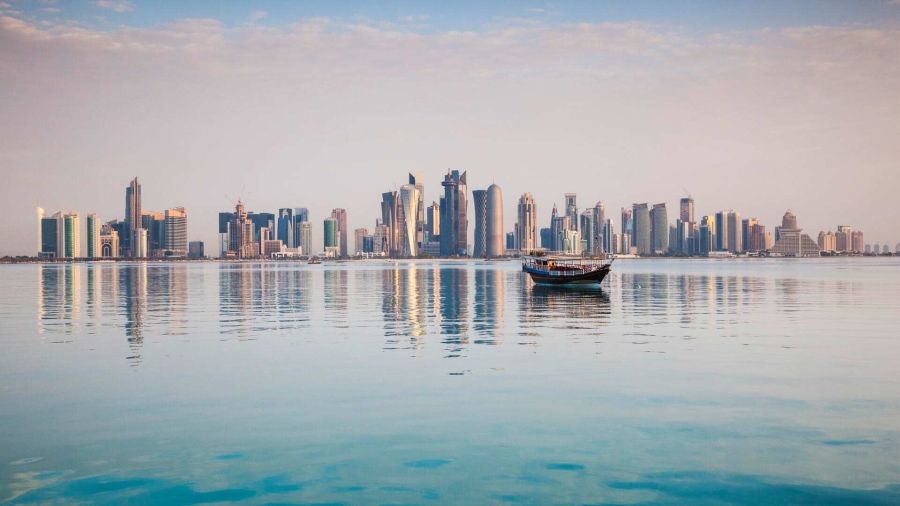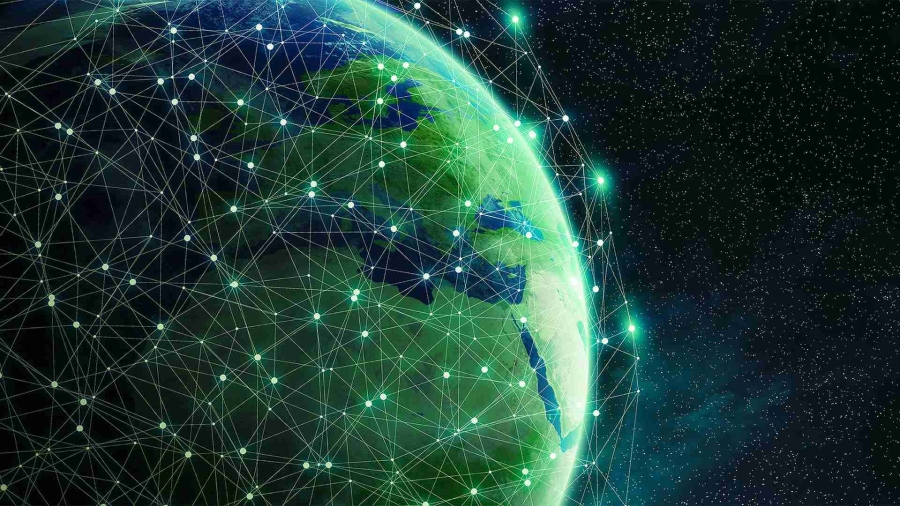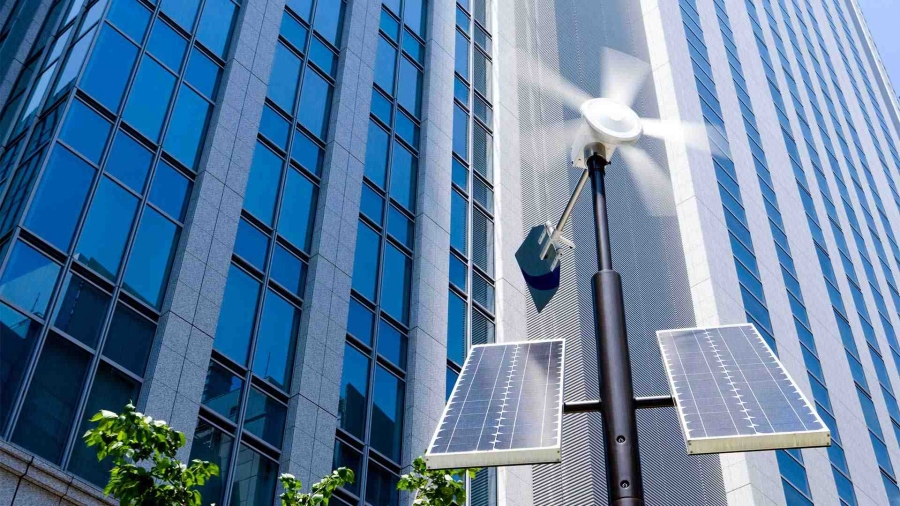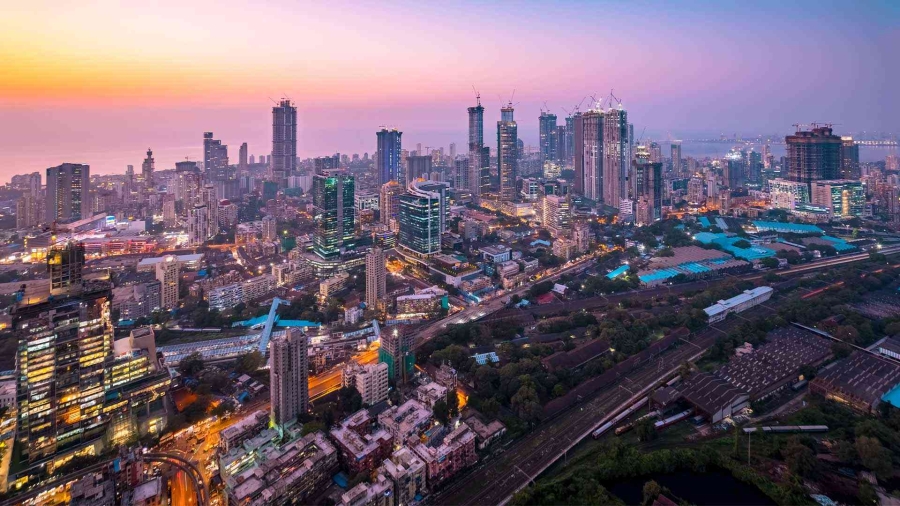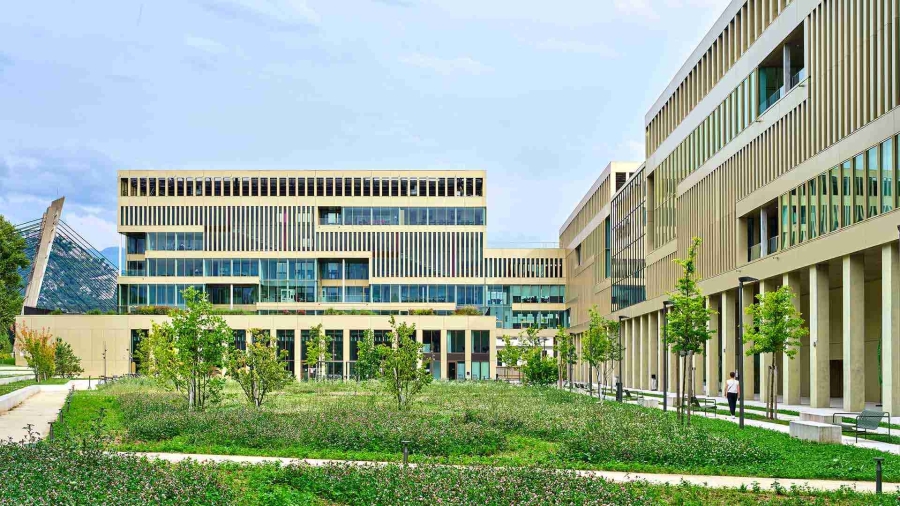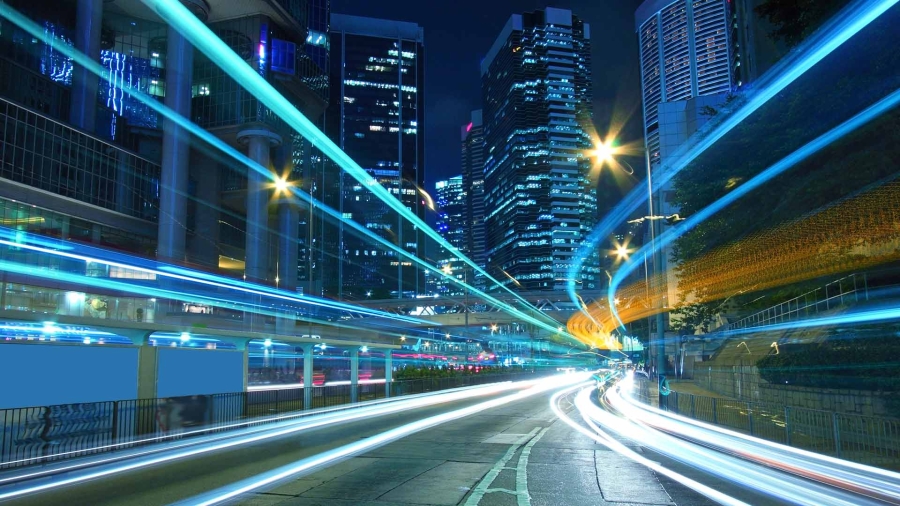On August 9, 2021, the Intergovernmental Panel on Climate Change issued the first chapter of the highly anticipated 6th assessment report, fully due in 2022. The conclusions are clearer than ever: global warming is man-made and the window of opportunity to change the course on which the world appears to be set on is closing rapidly. The UN Secretary General Antonio Guterres called this report a “Code Red for Humanity”. The target is clear. To keep global warming limited to 1.5 degree (compared to preindustrial levels), carbon dioxide emissions must be zeroed by 2050, and reduced by 30-50 percent by 2030 (while other greenhouse gas emissions must also be significantly abated). The bulk of these emissions comes from energy. A transition toward a net-zero economy is thus also an energy transition of momentous proportions. The pace and extent of its unfolding has simply no precedent in history: it has to happen within a time frame twice shorter than in the past, and on a global scale.
How this can realistically be achieved is thus the main question, and despite a flurry of scenarios to 2050, the momentum is still not here. In fact, 2021 will mark a major rebound in global emissions, as the economy recovers from the Covid-19 pandemic. Yes, nothing has really changed yet.
This report is another contribution to this question and proposes an alternative approach. It builds on key findings from the study of past energy transitions. History indeed reveals that what drives energy transitions is actually the way this energy is used and consumed. Energy transitions happen because new energy resources bring about positive changes in consumption patterns, or because new consumption patterns emerge and call for innovations in energy use. Energy supply has always chased energy demand. What this means is that the only way to realize a transformation of the energy system of such magnitude is to design a transition that makes sense for the consumer, hence driving adoption – rather than resistance – at an accelerated pace.
This is what we have done. And our conclusion is clear: the best way – not to say the only way – to get to net-zero by 2050 is to modernize the economy at a rapid pace, building upon innovations and behavioral changes that – for many of them – will support the climate change agenda, although not always rapidly enough, and that – for some of them – need to be closely watched and possibly mitigated. There is no needed arbitrage between human progress and climate change mitigation. In fact, there will be no climate change mitigation if it does not build on human progress.



